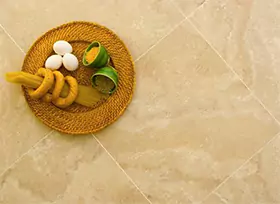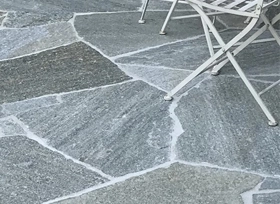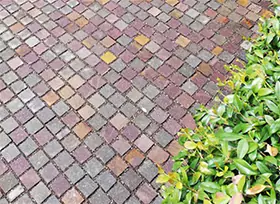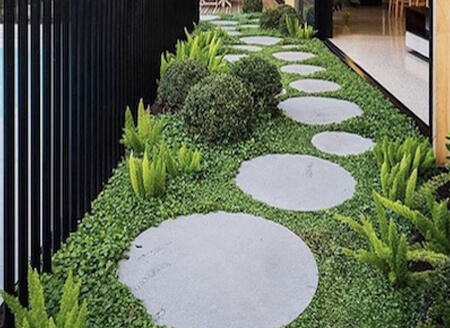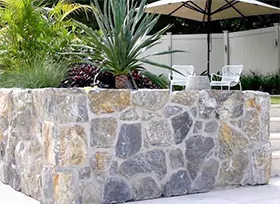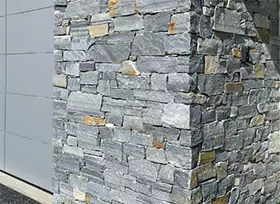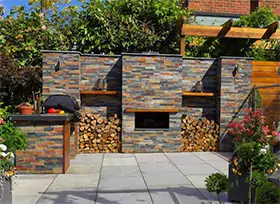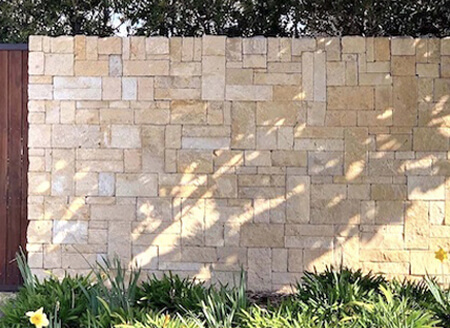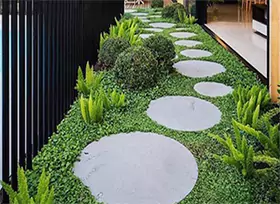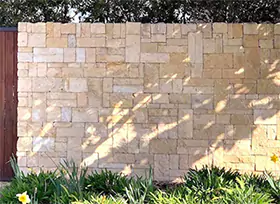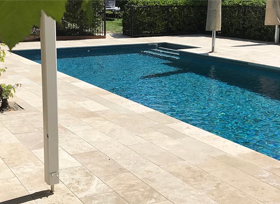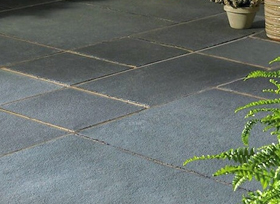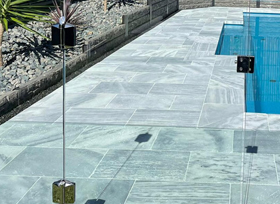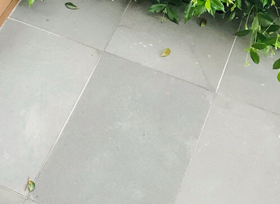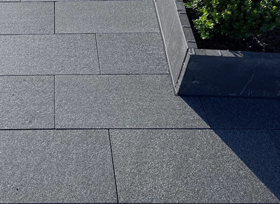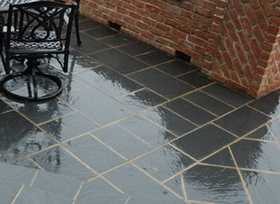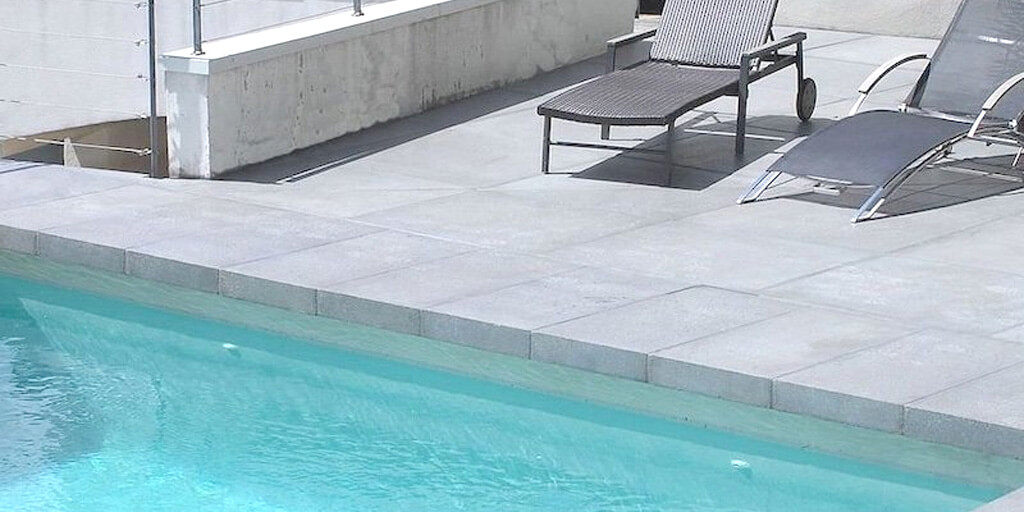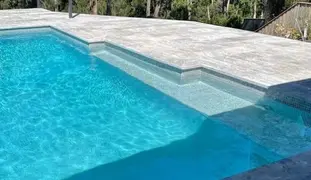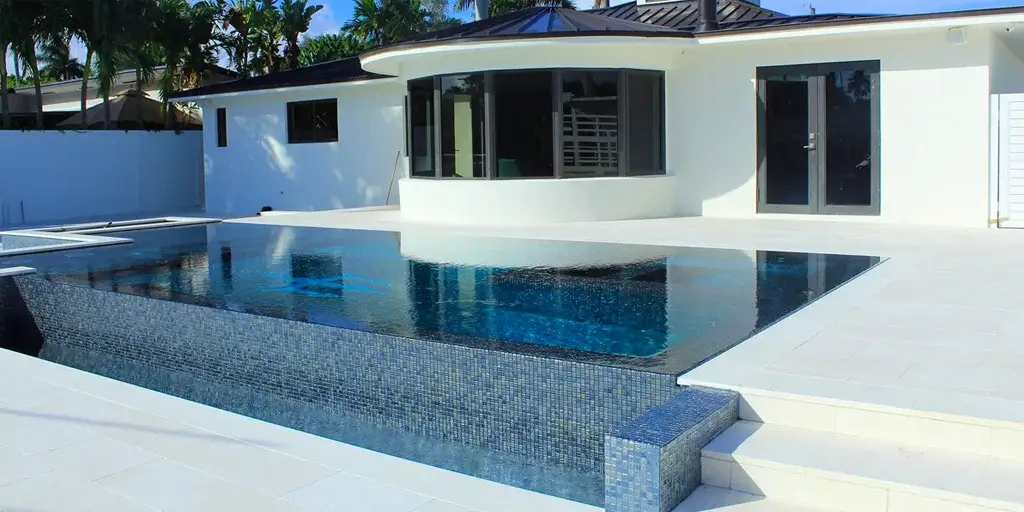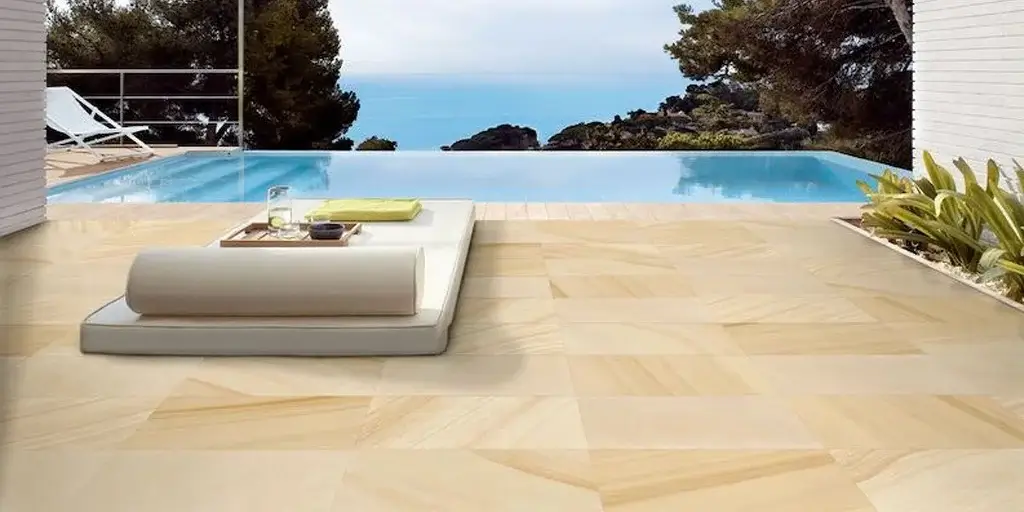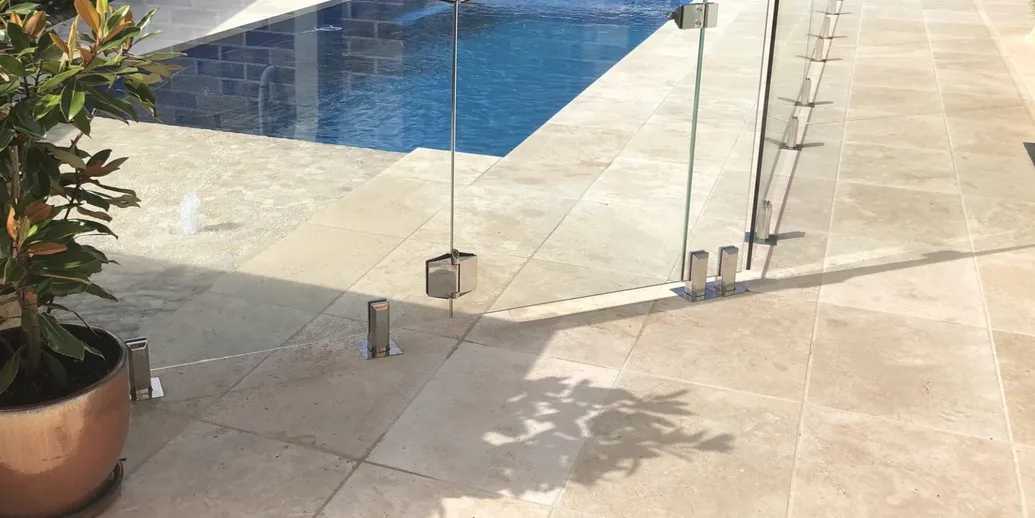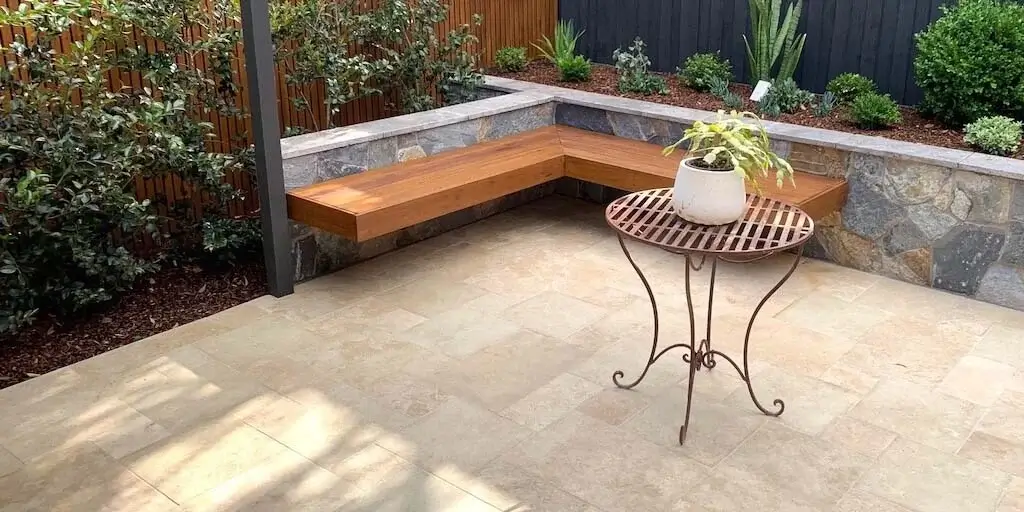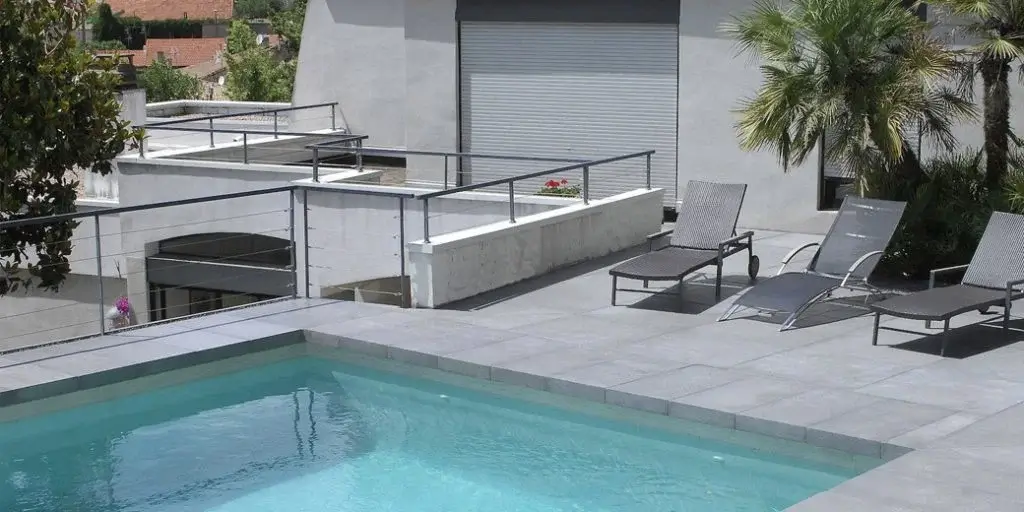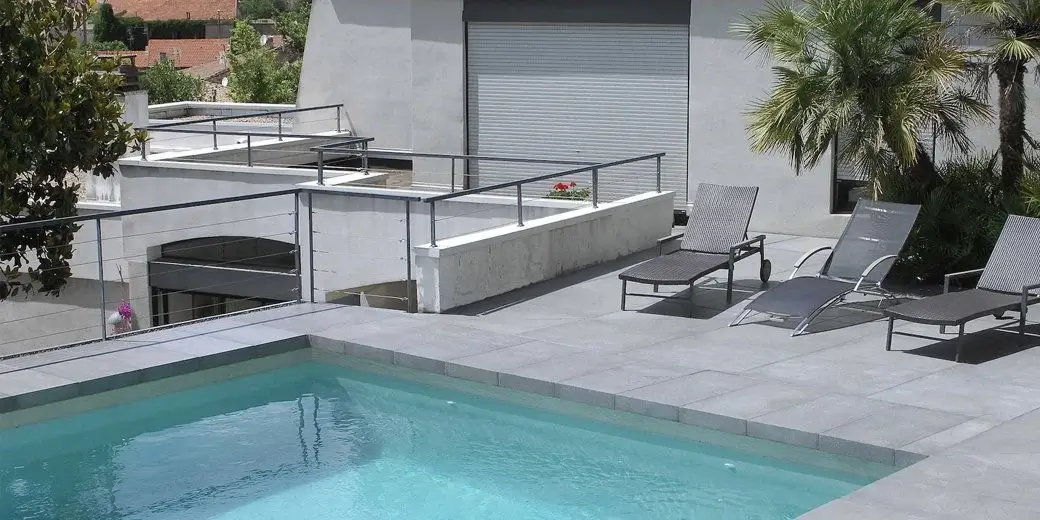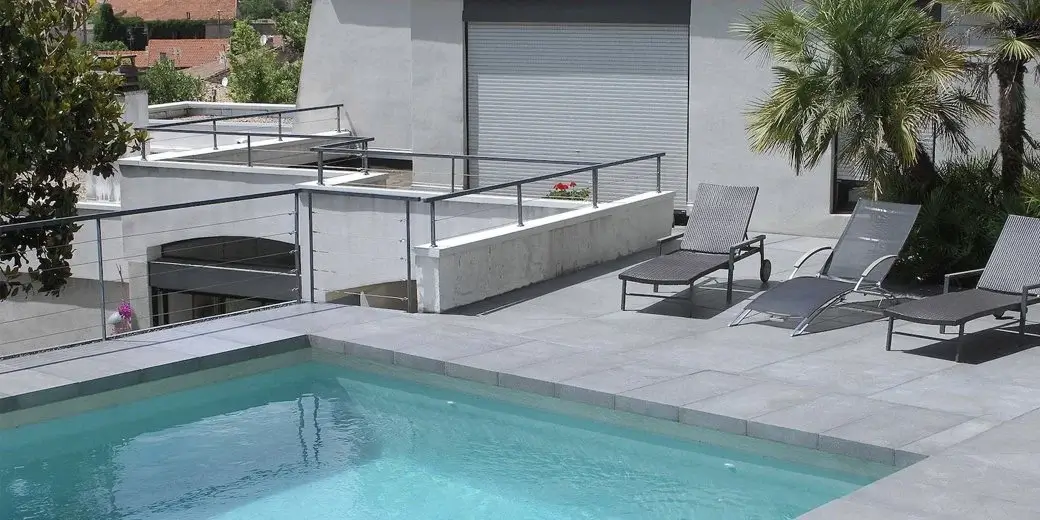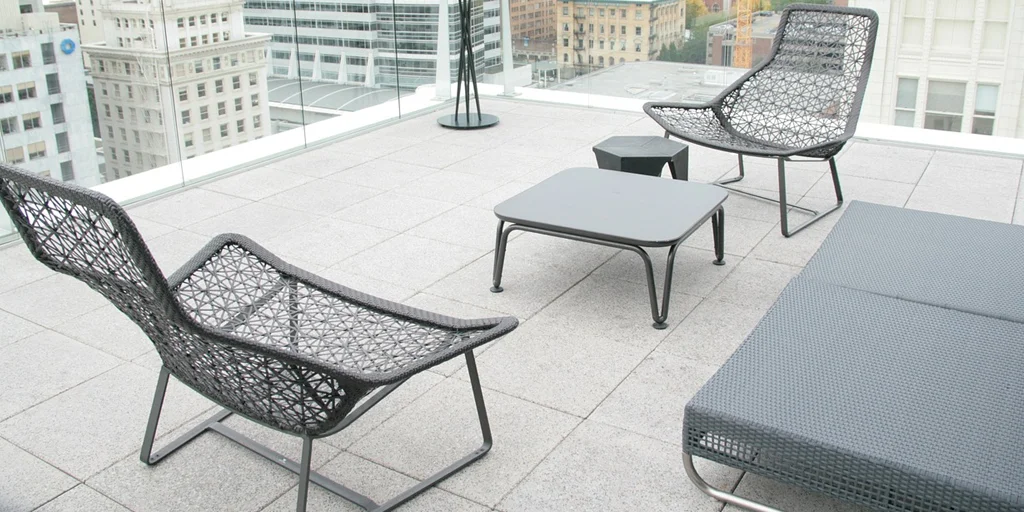Bluestone is an aesthetic blue natural stone. Story over, right?
No!
Beyond its elegant, beautiful aesthetics, Bluestone has a lot to offer. Did you know that just one place produces Bluestone?
And that it is the last remaining portion of a mountain range that is no longer there?
And that it comes in a variety of hues?
Natural stone always has more to it than the eye can see if one thing is constant about these building materials. Continue reading to find out why Bluestone is both beautiful and functional.
Bluestone is not just blue
A fine-grained natural stone from all over the world known as “Bluestone” is distinguished by its grey-blue hue, though it isn’t usually that colour. It is also known as “Basalt” in Australia. There are so many different colour variations when it comes to Bluestone pavers and tiles. Lilac, brown, green, light blue and grey. Mirch numbered the various hues that Bluestone might express. There are many lovely options.
The characteristics of the natural stone, like those of all sedimentary rocks, provide information about how it was formed. For instance, the various hues indicate whether the stone was exposed to oxygen before or after its creation. An oxygen-rich atmosphere gives things their orange, red or brown colours. Oxygen-poor conditions can happen when decaying organic matter in the sediment takes up all available oxygen, resulting in green, turquoise or blue tones.
The components of Bluestone include feldspar, quartz, mica, clays and rock fragments. This natural stone is called greywacke (pronounced “grey whacky”), a type of Sandstone made of various-sized particles. Greywacke is another illustration of how geology is full of strange/ridiculous language phrases!
However, this disarray of components reveals something about Bluestone. Sediments separate into similar minerals of comparable sizes as they are moved further from their source. However, the residue that makes up Bluestone, composed of various components, has only travelled a relatively short distance down a river. It also suggests that not all Bluestone pavers and tiles are created equal that you use in projects. One of the best things about Bluestone pavers and tiles is the variety of colours, layering and texture.
Geologic variability leads to a versatile stone
Bluestone’s geologic origins worked together to produce a very useful substance. The densely packed sand grains of Bluestone pavers and tiles make a robust, long-lasting stone. It has a constant texture that may be used to create a variety of finishes or left as-is.
Due to variances in the thickness of the natural layers, Bluestone pavers and tiles offer diverse uses, from thick sheets to chunky blocks. Bluestone’s natural layering allows the stone to be sliced into pleasant, flat shapes.
Australia is home to numerous small quarries that were created as a result of the way that Bluestone was deposited in distinct strata and pockets. Small-scale operations favoured tight-knit workers using manual labour rather than large machines. Information was passed down from one generation to the next. It was a family affair.
Bluestone quarrying is an art because the stone’s layers appear and disappear throughout the terrain. Sandstone beds that are thick in certain places are good for stair treads, curbing and sills. Bluestone tiles are best suited for thinner layers. For pavements, Bluestone pavers are suitable.
The precursor to concrete
Since it was first quarried for curbs, sidewalks, door sills, window sills and paving stones in the 1800s, Bluestone pavers and tiles have been useful stones. Much of the stone was transported globally, where it “was the precursor to the concrete sidewalk.” In places like New York, you can still see paving and steps made of Bluestone pavers that are 200 years old.
The Starrucca Viaduct in Lanesboro, Pennsylvania, a stone railway bridge about 1,000 feet long, is a magnificent example of the early Bluestone building. Due in part to the quarry’s proximity—only 3 miles—to the viaduct, the Ashlar Bluestone viaduct was constructed in just one year in 1848. Look at that building and consider how strong and long-lasting Bluestone pavers and tiles are by recognising that it is still being utilised for commercial train freight today.
Many uses for Bluestone
One of the most common and accessible natural stones in Australia today is Bluestone. They are frequently used for patios, stair treads, stone walls and pool coping. Due to its adaptability, Bluestone pavers and tiles are still in demand. There are various uses for Bluestone. You may craft it and work with it. Different sizes and surface textures are possible. It may or may not be stacked.
When the Bluestone paver’s natural layers are “cleft” or split apart, a naturally flat surface with a faint texture result. The fact that Bluestone tends to crumble along flat layers was part of its initial attractiveness. The advent of diamond-blade saws has revolutionised the sector and given Bluestone many new applications. Stone cutters can now see the stone into precise sizes and thicknesses for architectural usage and mill it into thin tiles without relying on the stone’s inherent layers.
Different finishes can complement various areas of a house. A “flamed” finish can be applied to Bluestone, leaving a flat surface with a rough texture. Bluestone pavers and tiles can be tumbled to give them an ancient aspect, brushed or polished for smooth floor tile or any combination of these techniques. It goes from rustic to contemporary very easily.
Different project components might be united by utilising the same stone in various ways. There’s a rhythm, a simplicity of materials. It ties everything together into a cohesive design. Even the leftovers from Bluestone tiles and pavers are helpful. Bluestone tiles that have been crushed can be used as gravel and thinner layers can be manufactured into tiles. There are countless things you can do with or to it.
The industry is thriving
Even though the Bluestone pavers and tiles business consists of small and medium-sized quarries, the stone has a broad market. Northeastern states have the biggest demand for Bluestone tiles and pavers. It fits the regional vernacular. However, Bluestone pavers and tiles are transported widely. It’s quite well-liked across Australia, too.
The most typical Australian success tale may be Bluestone pavers and tiles in the coming time. Small-scale quarrying helped to create a thriving industry while transforming geologic residue into a usable product. Quarriers, masons and architects devised novel ways to employ this old stone over time. Customers have flocked to it continuously, keeping the market thriving and enabling the cycle to continue. Bluestone’s unassuming adaptability serves as a reminder that often, the most basic concepts are the most resilient.
The Final Takeaway
In conclusion, Bluestone is more than just a beautiful blue natural stone. It is a geological wonder with a rich history and remarkable versatility. From its various hues that reveal its formation process to its geologic origins that make it a robust and adaptable material, Bluestone pavers and tiles have proven to be timeless stones with endless possibilities.
Bluestone’s historical significance as the precursor to concrete and its enduring presence in structures like the Starrucca Viaduct in Pennsylvania highlight its durability and longevity. It has stood the test of time and is in demand for many applications, from patios and stair treads to stone walls and pool coping.
So, the next time you see Bluestone paved space in your surroundings, remember that it’s not just a Bluestone—it’s a testament to the wonders of geology, human craftsmanship and timeless beauty.
*Disclaimer: All information and advice given above in the blog are to the best of our knowledge. Please reconfirm at your end before execution.




